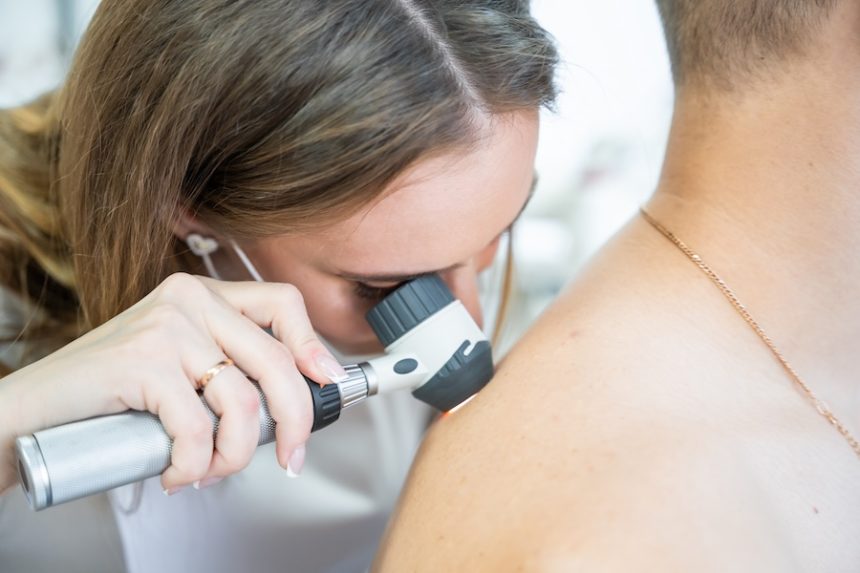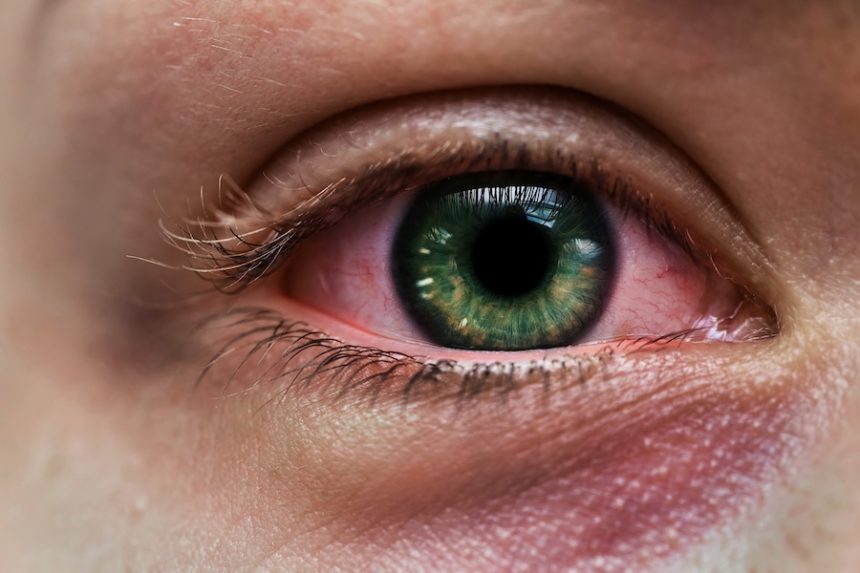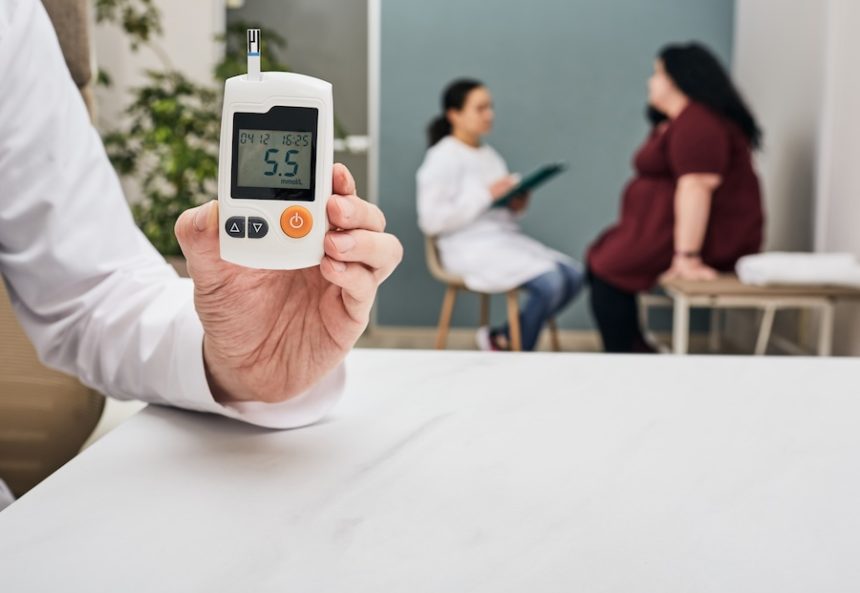How can I determine whether I have skin cancer?
A: Regularly checking your skin for changes is the best method to find out. Any change in a mole, pain that doesn’t go away, or new growth could be a warning sign. It is helpful to follow the ABCDEs of melanoma: Asymmetry, Border irregularity, Color variation, Diameter > 6mm, and Evolving. Make an appointment for a dermatologist’s evaluation if you see anything fishy.
What is the appearance of skin cancer?
A: There are various varieties of skin cancer. A pearly or waxy lump is a common appearance of basal cell carcinoma. Squamous cell cancer may manifest as a flat lesion with a scaly crust or as a hard, red nodule. The most severe kind, melanoma, can resemble a mole that changes in size, shape, or color. Since looks differ, a specialist should be consulted for any chronic skin change.
What are some ways to prevent skin cancer?
A: Sun protection is the best form of preventive. Avoid tanning beds, wear protective clothing, look for shade during the hottest parts of the day (10 a.m. to 4 p.m.), and use broad-spectrum sunscreen with at least SPF 30 every day. Additionally, routine skin examinations are essential for early identification and prevention.
What are the best ways to treat my skin cancer?
A: The kind, size, location, and stage of the skin cancer all affect how it is treated. Surgical excision, topical drugs, radiation therapy, and Mohs micrographic surgery—a very successful method for some types of skin cancer—are among the options. Together, you and your dermatologist will decide on the best course of action.
How frequently should I get screened for skin cancer?
A full-body skin examination is generally recommended for people once a year. More frequent examinations, however, could be advised if you have a family history of melanoma, a history of skin cancer, a large number of moles, or pale skin. At-home self-examinations once a month are also recommended.
Is there a certain season that raises the risk of skin cancer?
A: It’s important to wear sunscreen during the summer. Outdoor activities that expose people to more sun can increase their risk of UV damage, which is a contributing factor to skin cancer. Even on overcast days and in the winter, sun protection is crucial all year long.
Conclusion:
When detected early, skin cancer is very treatable. Your strongest defenses are daily sun protection, self-awareness, and routine checkups. Consult a dermatologist right away if you detect changes in your skin or have concerns about it.











